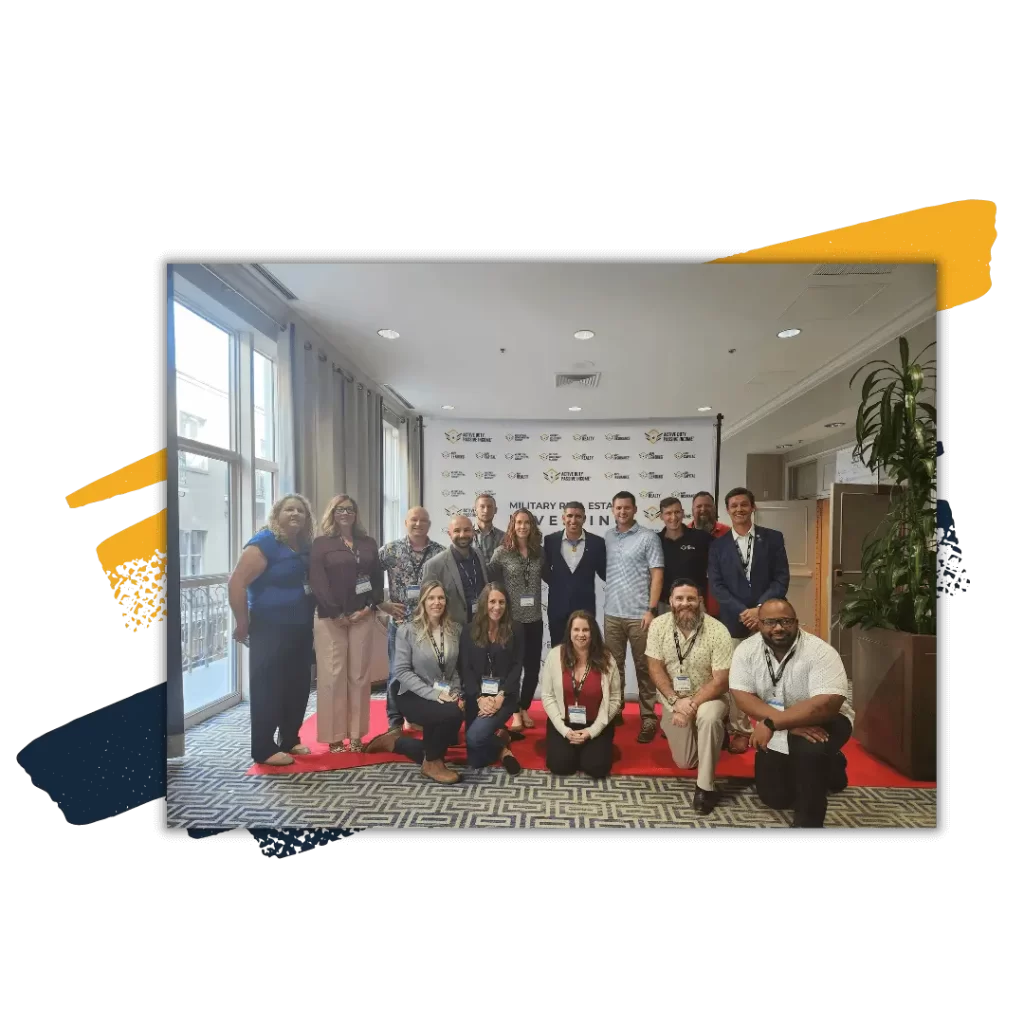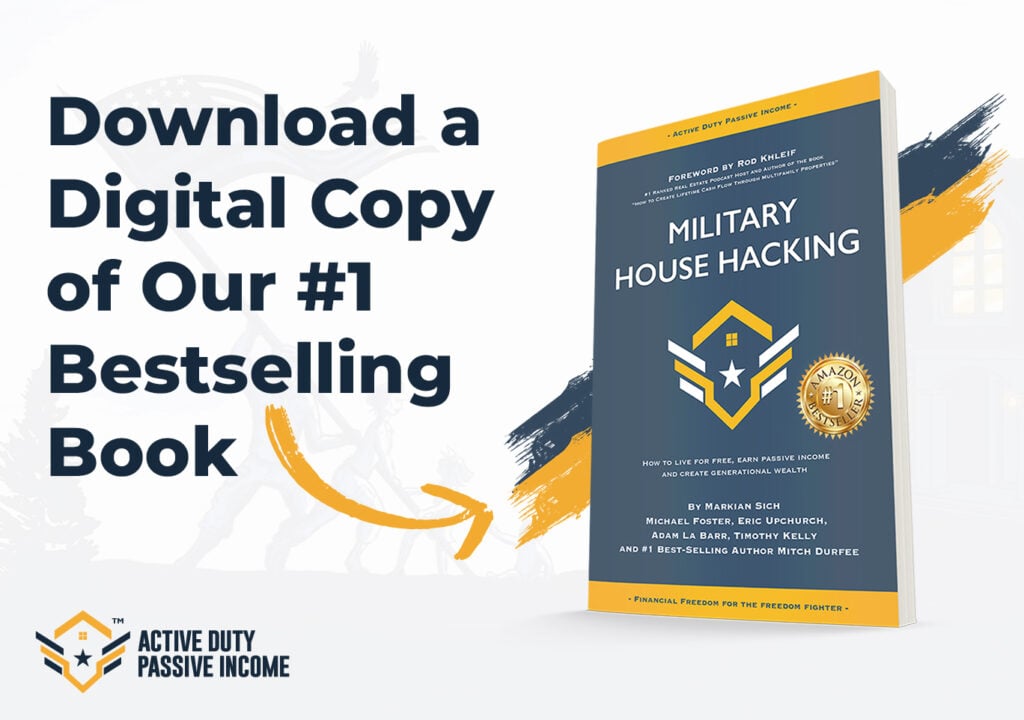VA origination fee is a flat fee totaling 1% of the VA loan added to the total. It is paid by the buyer. The fee is for the lender to get the loan processed.
Lenders need to make money too, so they charge what is known as origination fees on loans. For VA loans, the cap for the origination fee is 1% to meet VA requirements, and the fees associated with VA loans are limited to the VA’s restrictions.
The origination fee is something buyers should consider and understand to ensure they are not charged above the allowed amount. I have reviewed hundreds of VA loan closing documents. I have seen the total for the origination fee exceed the allowed amount several times. Typically as soon as the buyer addresses it with the lender, the lender will address it and acknowledge the oversight. Keep your eyes open when reviewing your docs and calculating your expenses.
What is the VA Loan Origination Fee?
The VA loan origination fee, along with conventional and other loans, is the fee that lenders charge to put together the full application or “originate the loan” and get the buyer to the closing table. This processing fee will be wrapped into the final amount and should be itemized on the buyer’s paperwork.
How Are VA Loan Origination Fees Calculated?
The VA loan origination fee can be up to a 1% charge of the loan amount, and when calculating, the lender can get to their 1% amount after adding the funding fee to the loan if the funding fee is paid from the loan proceeds except when the buyer is doing an IRRRL. An IRRRL is when a buyer refinances their VA loan with an Interest Rate Reduction Refinancing Loan.
Fees VA Lenders Can Charge
The fees the VA lenders can charge is a very short list. Ensure to talk to your lender if there are other listed items on your closing disclosures, fee sheets and settlement charges.
- VA funding fee
- VA appraiser and VA compliance inspectors
- Second appraisal if they are requesting reconsideration of value
- Recording fees and recording taxes or other charges incident to recordation
- Credit Report
- Title examination and title insurance
- For refinancing loans only, the veteran can pay charges for Federal Express, Express Mail, or a similar service when the saved per diem interest cost to the veteran will exceed the cost of the special handling.
- Mortgage Electronic Registration System (MERS) fee
Flat fee
A flat fee to the Veterans Affairs concerning mortgages is the flat fee for originating the loan. The 1% allowed by the VA will be added to the cost of the loan and will cover the lender’s cost for administrative requirements for a VA loan buyer to get through the process of purchasing a primary residence.
Non-Allowable” Fees When Lenders Charge 1% Origination
Non-Allowable fees are good to know and should be looked for on final closing disclosures (CD). The CD will be sent to you before closing, and the information below will assist you in the review. The review is your responsibility as the buyer. Some realtors will briefly look over your documents, but they are not the responsible party for review; the buyer and the lender should be looking over the CD and ensuring that none of these below charges are on there. If you find any of them, make sure to have a conversation with your lender to seek understanding.
- Lender’s appraisals
- Lender’s inspections, except in construction loan cases • loan closing or settlement fees
- Document preparation fees /preparing loan papers or conveyancing fees
- Attorney’s services other than for title work
- Photographs
- Interest rate lock-in fees
- Postage and other mailing charges, stationery, telephone calls, and other overhead
- Amortization schedules, pass books, and membership or entrance fees
- Escrow fees or charges
- Notary fees
- Commitment fees or marketing fees of any secondary purchaser of the mortgage and preparation and recording of assignment of mortgage to such purchaser
- Trustee’s fees or charges
- Loan application or processing fees
- Fees for preparation of truth-in-lending disclosure statement
- Fees charged by loan brokers, finders or other third parties whether affiliated with the lender
- Tax service fees
Reasonable and Customary fees
Reasonable and customary fees are seen only when a lender breaks down their fees on the documents they provide the buyer to show the buyer what they are charging item by item. In most cases, the fee a lender charges a buyer is just pushed to the 1% origination fee and is listed as such. The reasonable and customary fees, or “broken down fees,” are still not allowed to be over 1% of the loan when they are all added up.
Allowed VA Loan Origination Fees
The VA allows only 1% of the loan amount to be added as the origination fee. It is pertinent to look over your documents. Hence, you only pay what you should regarding the origination fee and other fees.
Seller Concessions
Seller concessions are finally coming back! For many years now, in many places, we have seen much less of a trend for buyers to receive money from the seller. These funds are referred to as seller concessions. Now that the market has shifted, we are seeing sellers offering assistance to help buyers get to those closing tables. To help yourself, be aware of what you are allowed to get when it comes to seller concessions and how they can be used. Different types of loans allow different seller concessions. For a VA loan, you, as the buyer, can ask for up to 4% but cannot exceed that. If you are purchasing a three-hundred-thousand-dollar home, you can offer $300,000 and ask for $12,000 in closing costs.
When is the Loan Origination Fee Paid?
The Loan origination fee will be on the final Closing Disclosures (CD) and will be paid at the closing table. It depends on how the full terms of the purchase were negotiated and how this will be paid. If you have seller concessions, this can often offset out-of-pocket expenses.
Difference between the VA Loan Origination fee and the VA Loan Funding fee
The difference between a VA loan origination fee and a VA loan funding fee is simple. Both are buyer-paid fees. The funding fee is an amount added to the total loan amount, and the lender gives that to the VA (see chart below).
The VA loan origination fee is the fee that goes to the lender as payment for doing the administrative work for your loan. The origination fee can only be up to 1% paid to the lender per the VA.
The funding fee is calculated based on how often you have used your VA loan benefits and how much you are putting down. If you have a disability rating, check with your lender on how you could save on this fee. Also, take note that this is where you start to pick up tips and tricks to save money when buying your second and third time using your VA loan.
2023 FUNDING FEE CHART (the VA periodically makes changes)
| Down Payment | First time VA loan use | Subsequent VA loan use |
| No down payment | 2.3% | 3.6% |
| 5% or more down | 1.65% | 1.65% |
| 10 % or more down | 1.4% | 1.4% |
VA loan origination fee vs. Standard loan fees
The VA loan origination fee is different from some standard loan fees because it is well-defined, with a limit of 1% by the VA. The VA does a great job of allowing fees to be limited for veterans and their family members. The limited list also allows less pressure to understand multiple line items that can be tacked onto other loans. Knowing that limits on lenders to charge over the 1% origination fee in most cases, you can look at the closing disclosure and see that charge and question all other fees. It is not that things are not allowed to be on there; it will just be a lot less than what can be added to other loan’s fees.
PRO TIP
- Some lenders will help you get to closing by adjusting their origination fees. Also, shopping with many lenders (for the same loan, they will run price sheets), sometimes they will lower the fees to beat out their competitors.
- As soon as you get a realtor, ask them about their skills to help you understand the VA regulations on fees. Realtors can be some of our best advocates as they have seen price sheets and closing documents repeatedly. Therefore they often know what can and cannot be charged!









